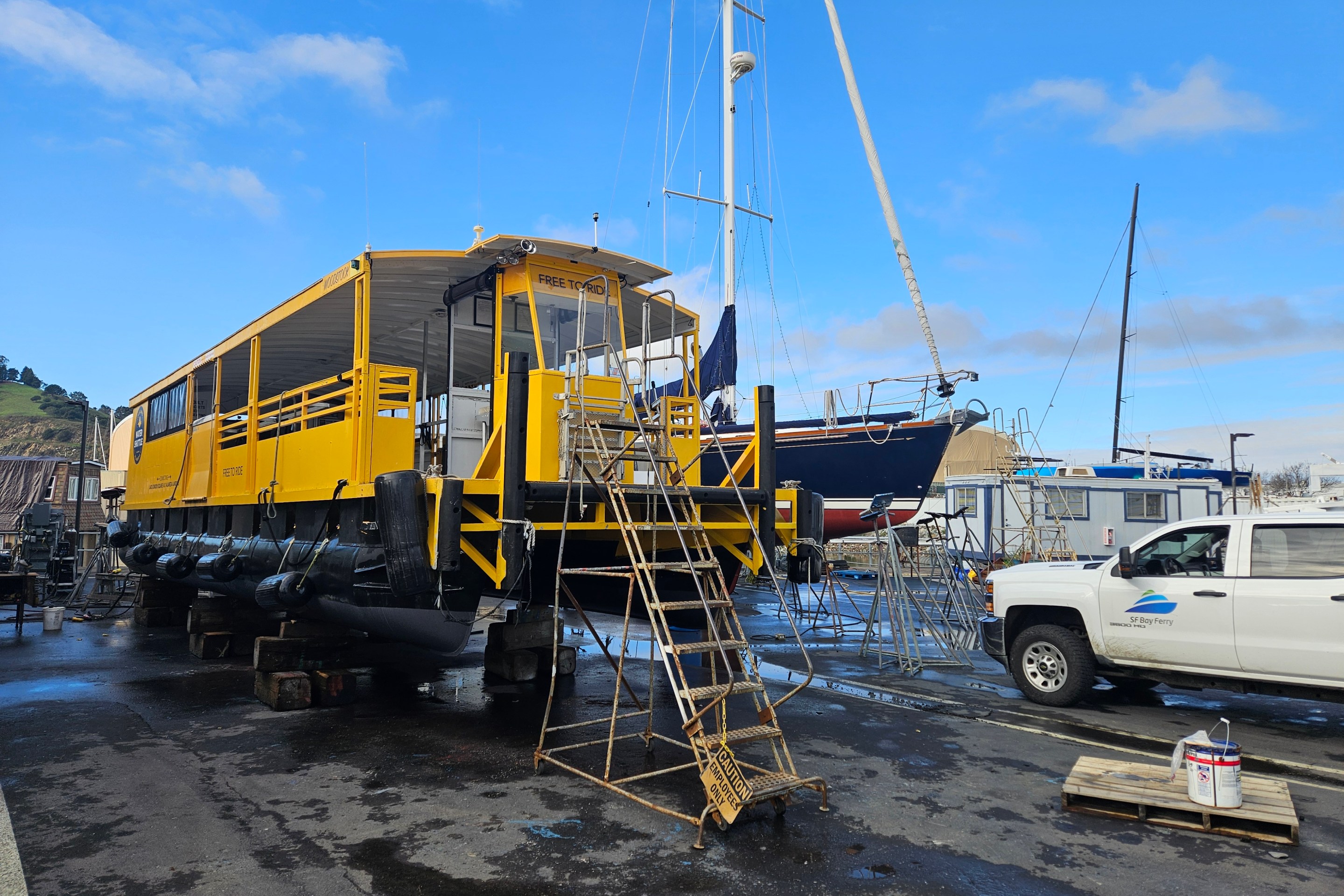 Rush hour
Rush hourin Copenhagen. Photo: Complete Streets Coalition
Is the
United States exceptional? It's a question that's bedeviled activists
and historians alike since the country was born 234 years ago this
Sunday. It's also a question that's been bugging Barbara McCann, the
executive director of the Complete Streets Coalition. She's been at Velo-City,
a bike conference held in cycling mecca Copenhagen this year. Writes
McCann on her
organization's blog:
Frankly, in the past, I’ve discounted the value of the Europeanmodel in the United States. It has been just too different - andcertainly has been rejected by most local elected officials in the US.Specific European treatments such as cycle-tracks (bicycle lanes raisedfrom the road surface and separate from the sidewalk) seemed pointlessto discuss. On this trip, however, I came away with greater clarityabout what European cities have to teach the Complete Streets movementin the United States.
Of course, in more progressive locations around the country,
European-style bike infrastructure, including cycle tracks, has been
installed. American cities have public spaces inspired by Denmark's Jan
Gehl and bus rapid transit lines modeled after (or at least
inspired by) Bogotá's TransMilenio.
American cities have learned from best practices around the world, not
just Europe.
But one or two cycle-tracks does not a Copenhagen make. There's
nowhere in this country even close to the cutting edge of livable
streets. So McCann's question seems apt: Just how much can the United
States learn from other countries?
Whatever your answer, it's worth considering the lesson McCann
brought back from Copenhagen:
The lesson for most of the United States, then, is not to simplyimport a technique or two (although it is encouraging to see a fewAmerican cities trying it): it is to learn how to build the politicalconsensus that roads serve purposes beyond automobile travel.
Whether an American city makes itself more livable cycle-track by
cycle-track or in another form altogether, the most important piece of
infrastructure is our ability to organize.
More from around the network: The Bike-Sharing
Blog shows a fun instructional video for London's coming
bike-sharing program. Matt
Yglesias reminds us that density doesn't have to mean tall
buildings. And Cyclelicious
has pics of David Letterman on the most fun e-bike ever.




